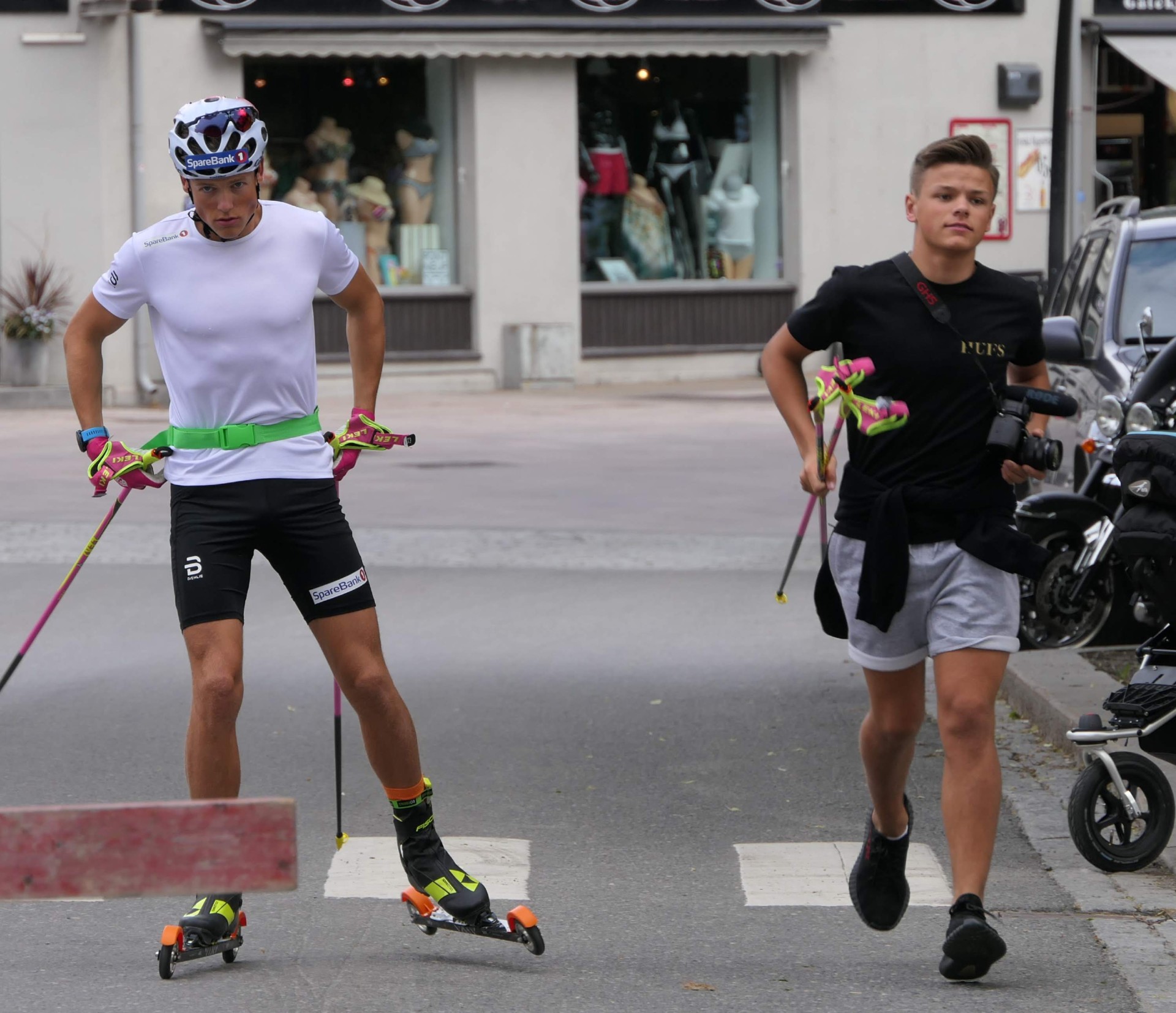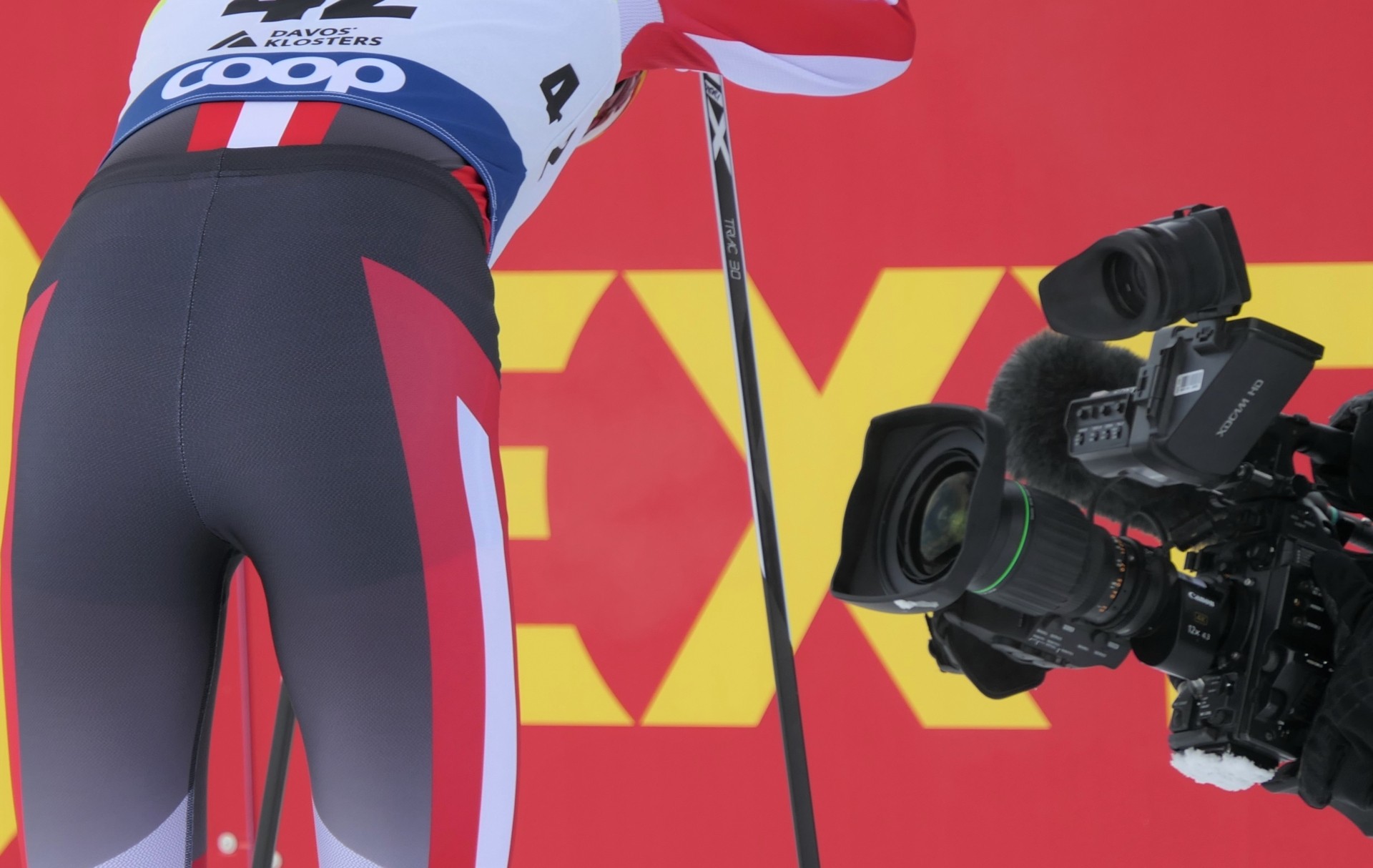
This is the last of three stories where we effort to analyze the impact of a commercial televisual company outbidding Nordic public broadcasters for TV rights for skiing.
…Let’s go back to Khabib vs McGregor fight last year. In some ways it was a watershed moment: millions of people the world over were willing to fork over 50 euros on average to see an Irishman fighting a Dagestani-born Russian.
https://www.instagram.com/p/BsiVKA3gets/
Not a fellow countryman, not their home team – but two large personas, built-up and nurtured by the media.
Unless you were living under the rock in the last years, you are probably well aware of their off-octagon rivalry and dislike for each other, aware how different are cultures and value systems they represent. Months and months of coverage leading up to their actual meet-up inside that cage…
Conclusion: it’s not about rally-around-your-flag any longer – it’s about personalities that cross the borders. And audience willingness to pay to watch them compete
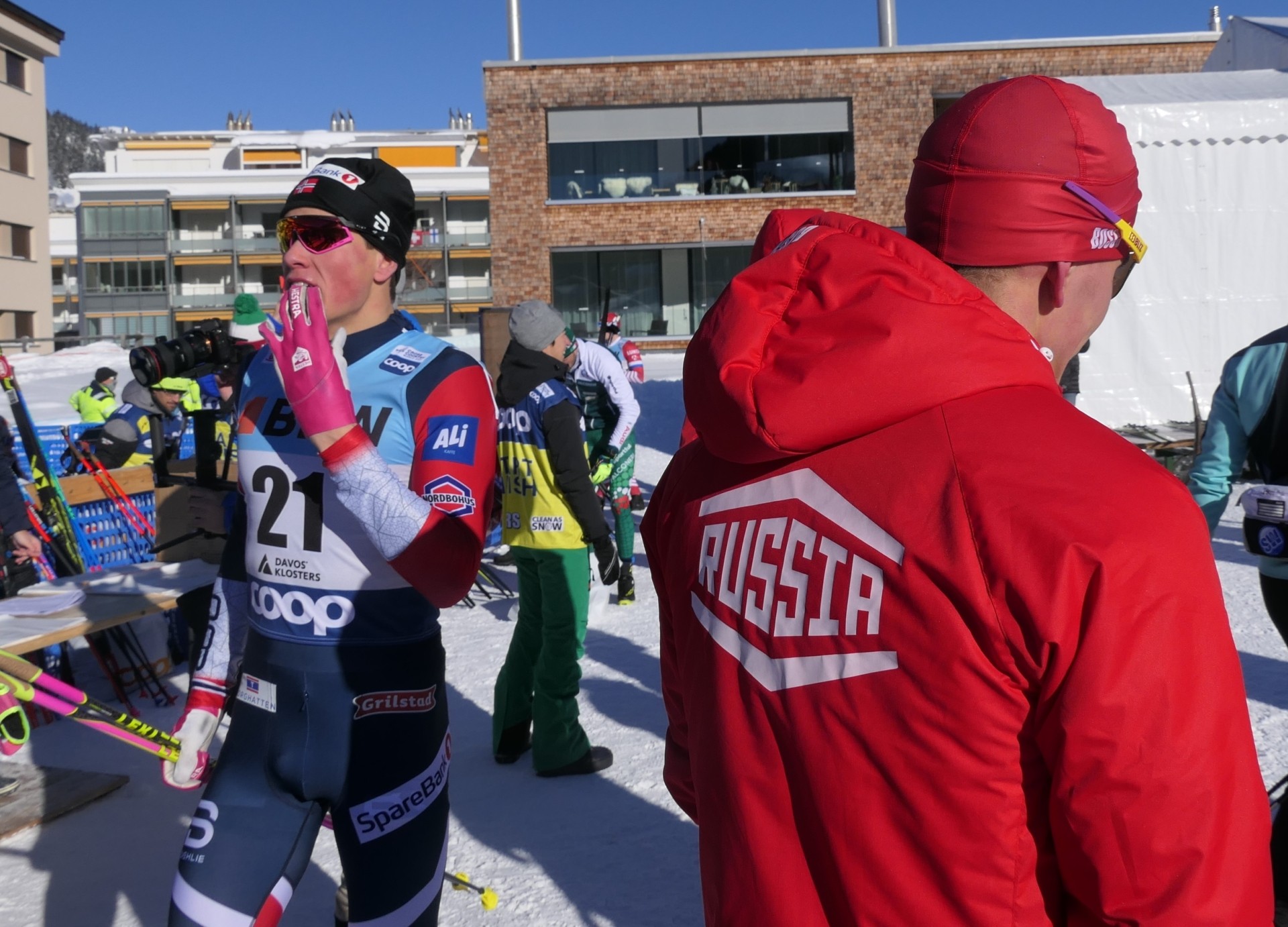
The world we live in is getting smaller and smaller. Rock stars utilized it first – you did not have to be British to adore The Beatles or The Rolling Stones. Eventually it arrived to the sport as well – how many native Mancunians are playing for Man City?
“And the papers want to know whose shirts you wear ”
David Bowie, Space Oddity
For a commercial broadcaster willing & able to utilize all means atits disposal – free-to-air channels, subscription-based ones, PPV, social media etc. it is essential to have not “our country representatives” but personalities compete to create that Major Tom Effect that would help the recoup their costs.
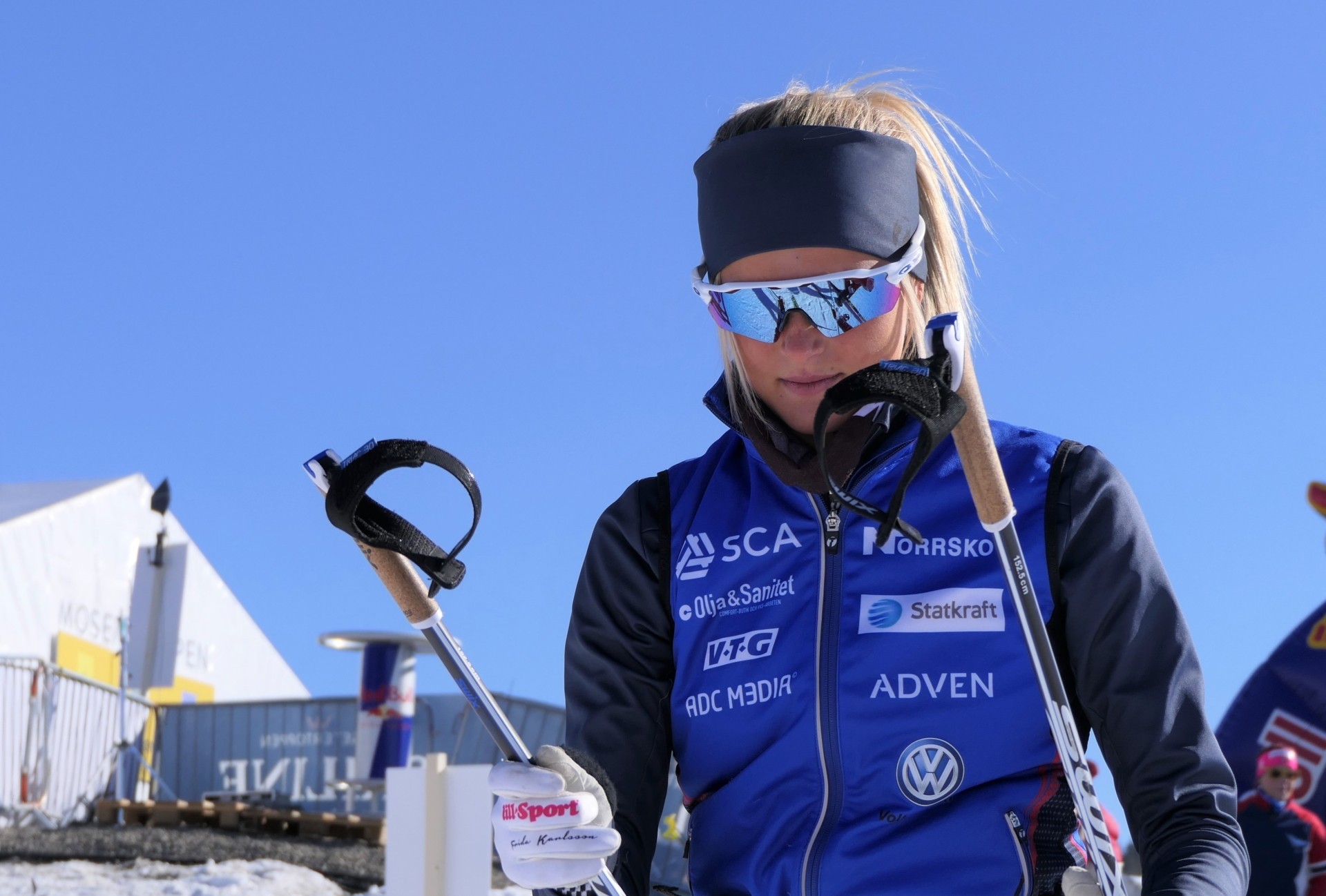
Now it’s time for the cross country skiing to catch up – it probably would matter a lot less to a ski fan in 2024 where Frida Karlsson, 19 is born and what country she represents, than what she stands for both on and, especially, off the track.
No arguing against the fact that people, increasingly, want to know everything about their favorite stars. It would take you less than a minute to find out what Frida’s fellow Generation Z rep Kylian Mbappé, 20 favorite food, music, watch is, what he flies and ( most importantly) who he dates.
https://www.instagram.com/p/BsIysTzFS2m/
The loss of privacy is something professional sportsmen and women in top money generating sports accept as a matter of course – largely because growing up they already have examples in front of their eyes. For skiers it would be almost novel – but not entirely without precedent.
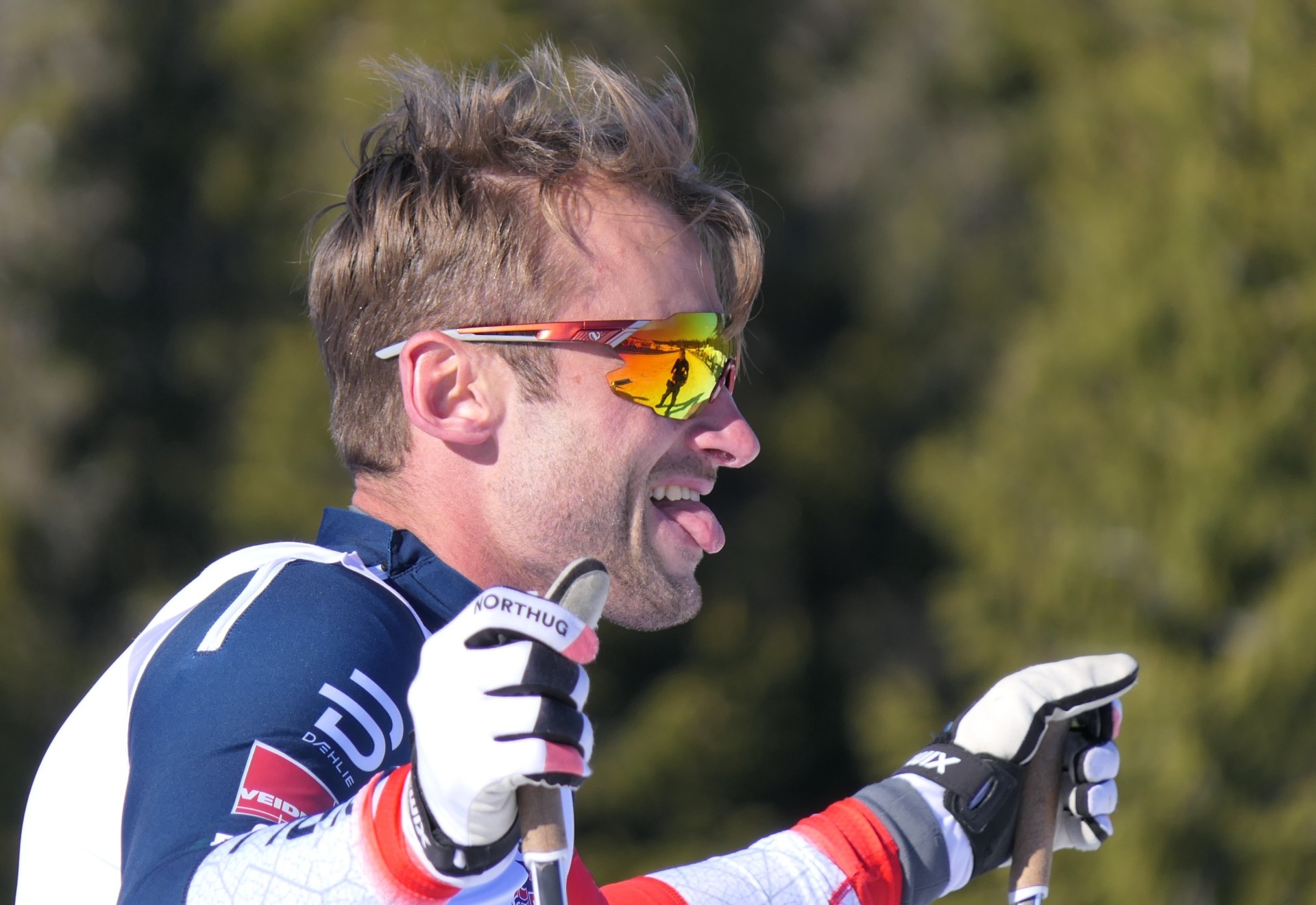
Petter Northug’s persona easily crossed the borders with his “pompous today, self-deprecating tomorrow” persona. And just why do you think sponsors wanted to work with him so much?
To be clear: no sponsor or PR agent could force an athlete to pose with exotic cars or to start dating exotic dancers. While it sure helps if he/she does, there are other paths to fame outside the tracks.
No need to repeat the old adage about “ good girls going to haven and bad girls going everywhere”, but if a certain athlete flat refuses to be a bad girl– well, there are always charitable deeds and societal causes to be fought for. Quite a few elite skiers already are already doing that – but their efforts are hardly publicized – due them being too shy, mostly
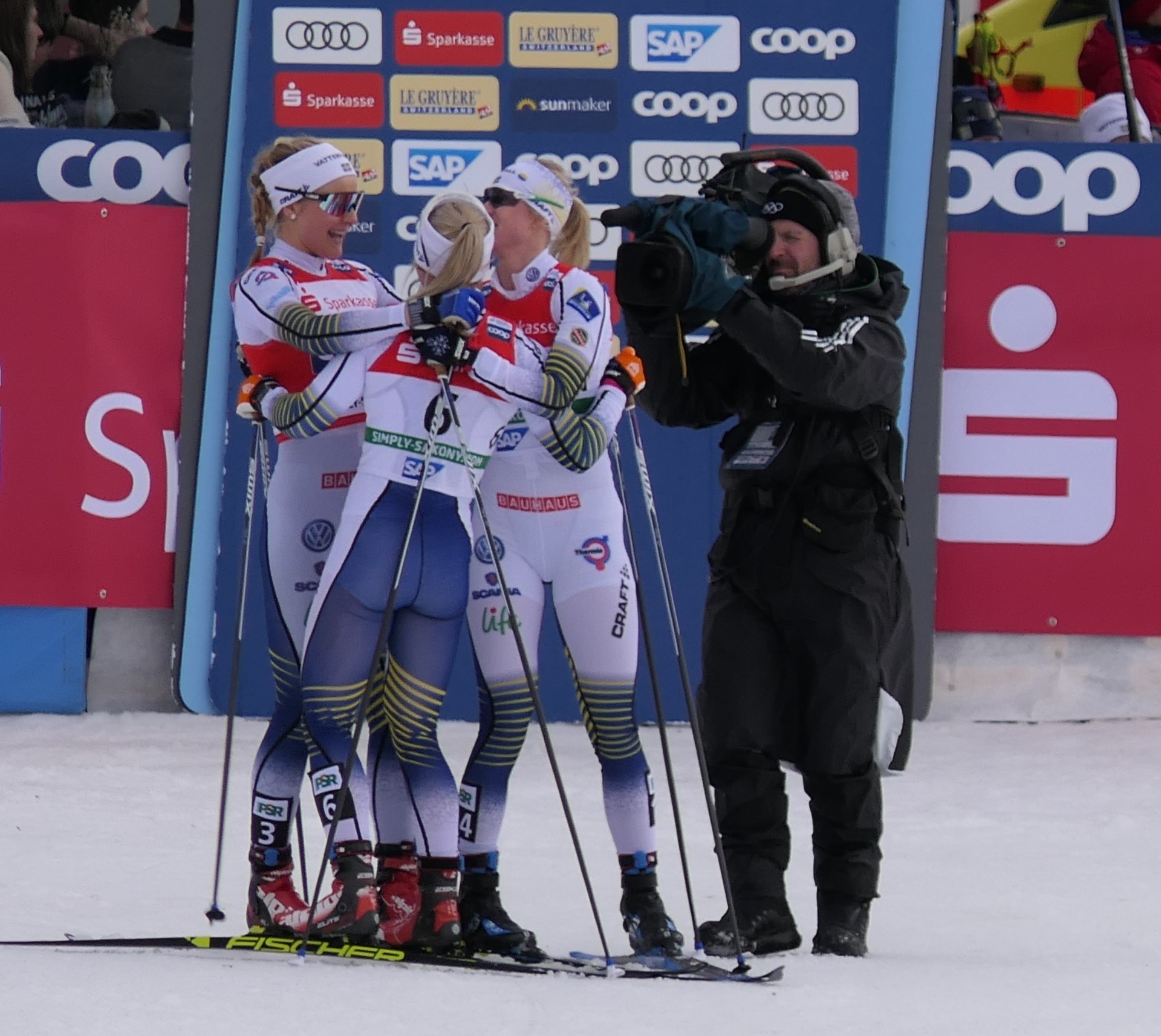
But let’s go back to television.
Football championships are being played in the autumn-winter-spring period and not being played in the summer because that’s when audiences are at their peak. Pauses are short and increasingly being filled with all sorts newly invented summer tournaments. Cross country skiing is, however, extremely seasonable sport – and when stars retreat into their summer prep-camps it hurts their media value.
There are partial remedies – check this one out.
The best example of how to keep the audience keen is, probably, Blink Skifest where most of the stars come to compete. Just to remind you: Blink is held when it’s held ( early August) on request of television producers, in this case NRK.
With xcskiing clearly moving towards commercialization, summer competitions would have to be replicated – if not in scale ( Blink costs over 2 million euros to stage – but it’s a broad-appeal event, that includes amateur & youth competitions)
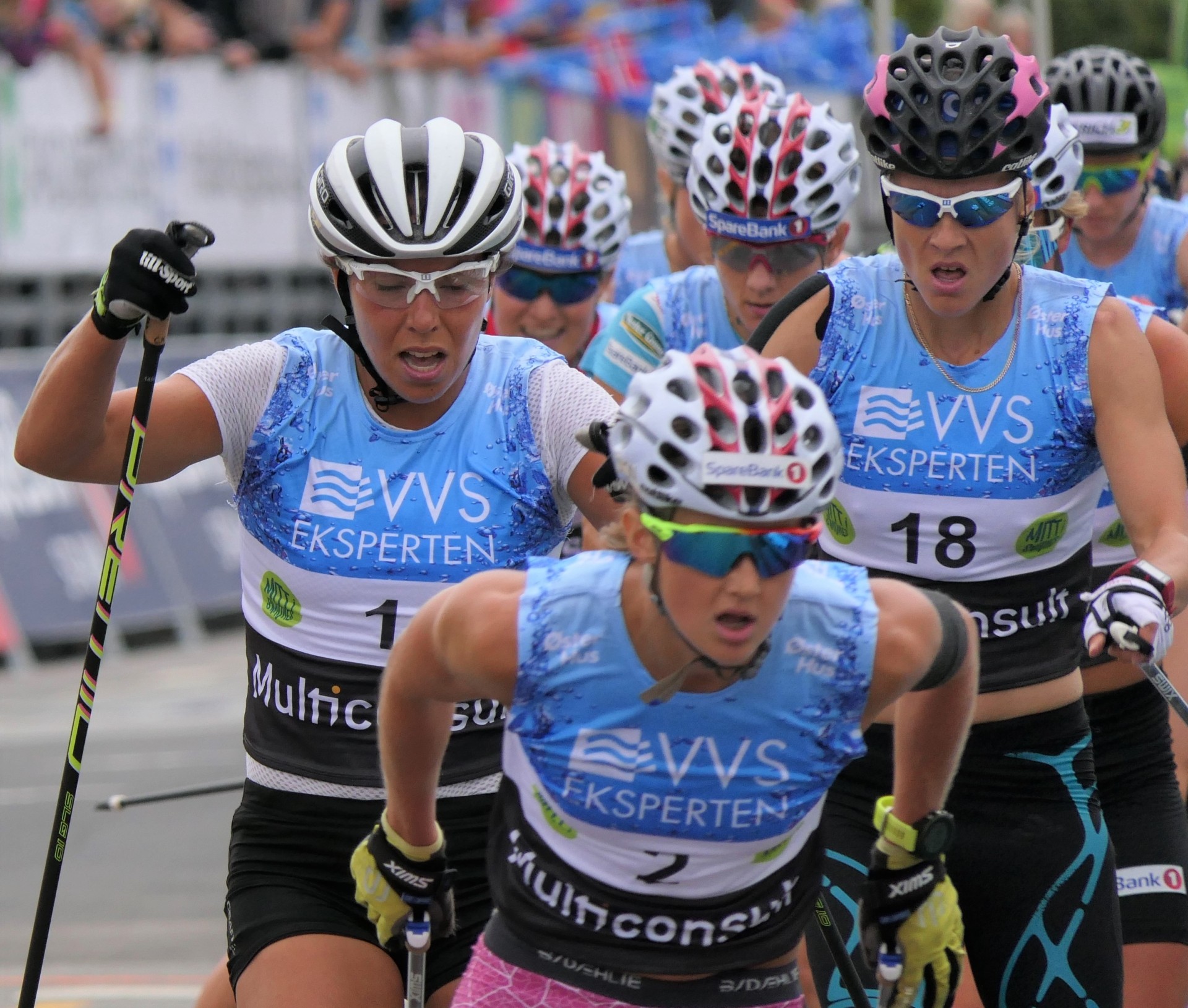
Pay-per-view will come to rule the roost in sport sooner than most recognize
One reason is that in the PPV universe participating athletes gain % of each sell, so are directly interested. And no, they are not paid according to their titles but their attraction to potential buyers.
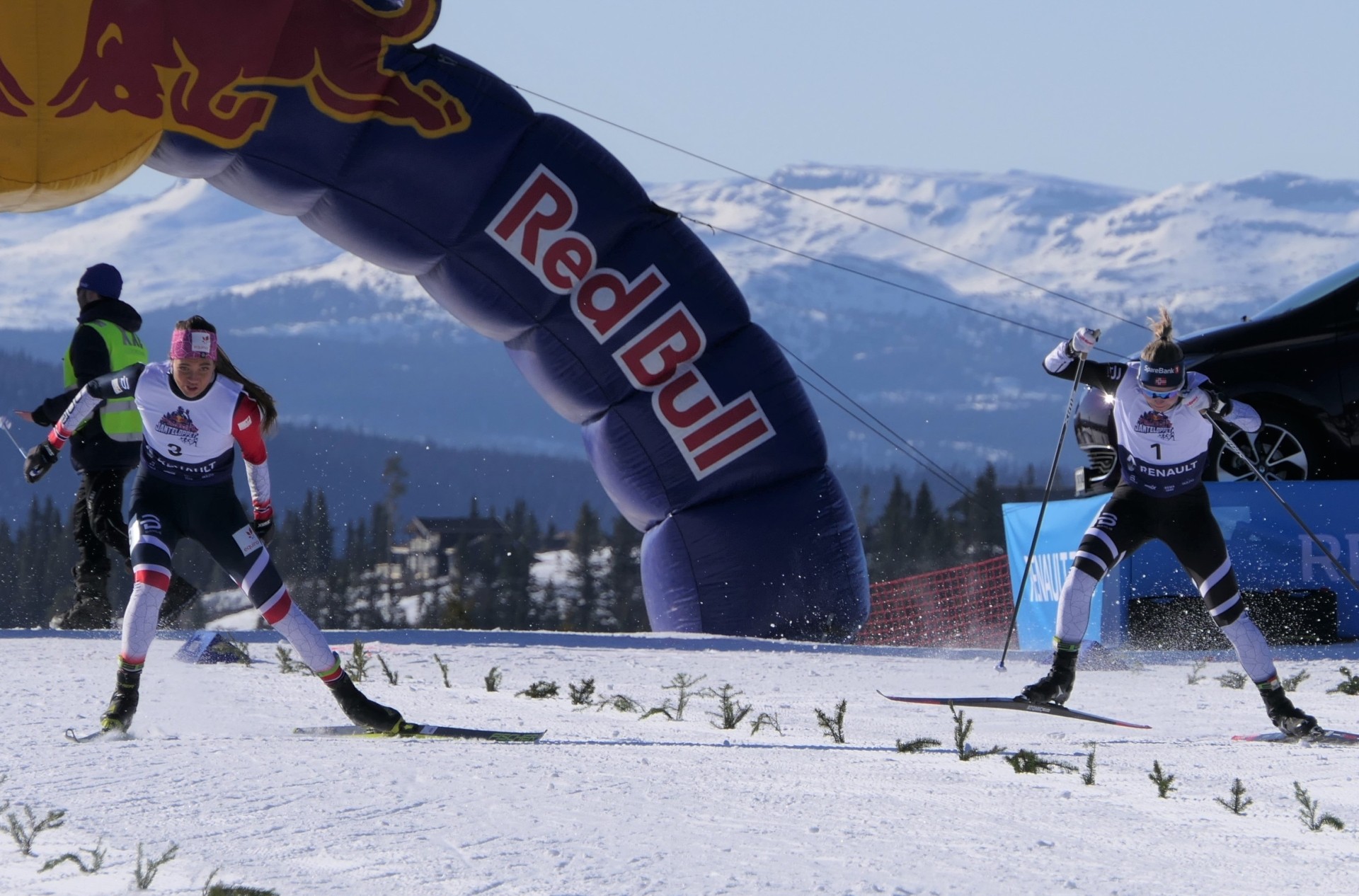
And for those scoffing at very notion of skiers behaving similar to UFC fighters: that fight alone made more money than the whole international cross country skiing in a year. Think about it.
In conclusion: yes, the era of national ski teams competing & being watched on national public channels is almost over. Audiences are drifting elsewhere and money are drying up. It will be a slow process of change & adaptation, but it seems to be irreversible. Start to get used to Cross Country SKiing 2.0
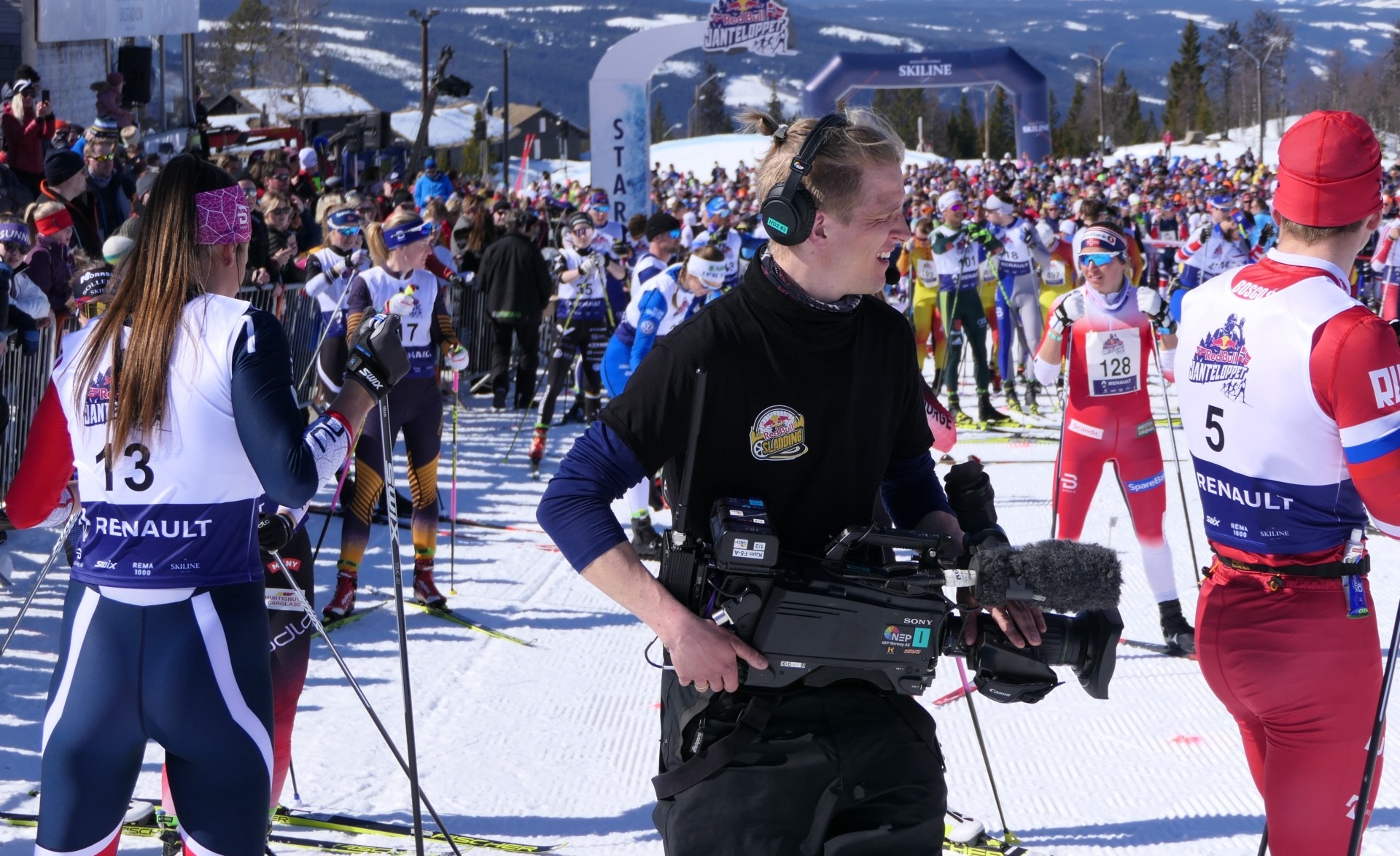
Related Posts
- XC Skiing Massively Lucked Out With Klaebo Brothers
- Quick Fireside Chat With Johannes Klaebo & His Thoughts As To Where Skiing Should Be Going
- Meet Man Behind Success Of Summer Skiing Fests In Norway
- Northug: Do Not Be Afraid Of Going Your Own Way In Order To Achieve Your Goal!
- Bolshunov In Rare Tell-All Interview About Klaebo, King And Training In Crimea
